Seaweed farmer’s transformation
Simbuco Aqua-Marine Multi-Purpose Cooperative (SAMMPC) is an existing autonomous group of fishers cultivating seaweeds as their main source of income. They received their certificate of registration from the Cooperative Development Authority (CDA) on September 30, 1993. Members believe in the ethical values of honesty, openness, social responsibility, and caring for others, for the cooperative to last longer and survive its start-up years.
Situated in a coastal area where seaweed culture is a suitable activity, the group started with 25 seaweed farmers who are also bantay dagat (sea patrol). From the beginning of its operations, SAMMPC dabbled in seaweed consolidated trading and selling different goods through their sari-sari store located on the roadside of barangay Simbuco.
Considering how the group transformed throughout the years, they were selected as one of the beneficiaries of the Special Area for Agricultural Development (SAAD) Program implemented by the Bureau of Fisheries and Aquatic Resource (BFAR) in 2019. They were chosen for the Fish Pen and Seaweed Projects.
With the increased number of beneficiaries (207 members) on the said projects, they reported a gross income of Php 2,346,600 in 2019 which allowed them to open grocery and agriculture supplies store. Moreover, in 2020, gross earnings was doubled to Php 5,863,182.
Featured in the 3rd issue of SAADventures Magazine Volume 3 on August 26, 2021, Php 8,309,747.52 was the total income obtained from their fish and store operations.
Read at https://saad.da.gov.ph/saadventures/saadventures-vol-3-issue-no-3/ on pages 55-62.

In 2021, they were provided with feeds and fingerlings, mini processing shed, a seaweed nursery, and training activities on value-adding products, marketing, enterprising, and seaweed nursery management.
A seaweed nursery was awarded to the group because cultivation was hampered in 2021 due to the occurrence of the ice-ice disease, brought by the changes in marine water salinity, light intensity, and ocean temperature. Another factor of the delay involves taking a long journey to source seaweed propagules.
Using the long-line method, the group harvested 10-20% of seaweeds after 30 days which is apportioned for seedling production, and 80-90% for drying after 60 days. While their bangus culture took five months to grow to marketable size (300-800 grams). They sold their products within the community and outside provinces like Iligan and Pagadian City.
For this year (2022), a Php 2,146,660 earnings were recorded which they intend to use for the subsequent cropping expenses since BFAR-SAAD has completed its three-year assistance to the beneficiaries (Table 1).Table 1. SAMMPC’s production income in 2021
| Income-generating activities | Revenue (Php) |
| Milkfish Culture | 1,402,660.00 |
| Seaweeds | 264,000.00 |
| Agricultural Products | 50,000.00 |
| Other Income | 430,000.00 |
| Total | 2,146,660.00 |
The program’s fishery livelihood projects provided the cooperative’s members better income for their families and benefit from its long-term sustainability. This allowed them to recover livelihood resources in the seaweed and aquaculture industry.

Since its admission in 2019, SAMMPC has shown exemplary performance in project management. In fact, they recorded almost 30% return on investment (ROI) in just a year of cultivating bangus in pen/cage (a good return on investment is generally considered to be about 7% per year – Forbes Advisor, 2021).
Livelihood projects that operate as a business tend to focus on earning high profits which will ensure its continuity, growth, and sustainability. These do not only contribute to economic development but also offer job opportunities to other farmers and fishers in their area as seaweed and bangus processors, store clerks, cage workers, and truck drivers for hauling of harvests.
There is shared prosperity and greater income not just with the members but also to the community, increasing provincial aquatic production, and contributing to its economic growth.Table 2. SAMMPC’s Return on Investment from 2019 – 2021
| Stocking Date | Production | Expenses | Economic | |||||||||
| No. of Pen | No. of Cropping | Fingerlings stocked (pcs) |
Total Harvest (kg) |
Price/kg | Gross Income (Php) |
Structure | Fingerlings | Feeds | Total | Net Income (Php) |
ROI (%) |
|
| 2019 | 3 | 1 | 30,000 | 11,580 | 80.00 | 1,375,389.00 | 100,000.00 | 210,000.00 | 765,000.00 | 1,075,000.00 | 300,389.00 | 27.94 |
| 2020 | 2 | 1 | 20,000 | 7,533 | 120.00 | 910,000.00 | 100,000.00 | 130,000.00 | 510,000.00 | 740,000.00 | 170,000.00 | 22.97 |
| 2021 | 2 | 2 | 20,000 | 11,650 | 120.00 | 1,402,660.00 | 100,000.00 | 120,000.00 | 1,020,000.00 | 1,240,000.00 | 162,660.00 | 13.12 |
| Total | 7 | 4 | 70,000 | 30,763 | 320.00 | 3,688,049.00 | 300,000.00 | 490,000.00 | 1,080,000.00 | 3,055,000.00 | 633,049.00 | 20.72 |
Milkfish is a thriving aquaculture commodity because it can be sold fresh and processed into different by-products such as dried, canned, smoked, or marinated. For this industry to be both profitable and sustainable, more value-added products must be developed and marketed.
Meanwhile, seaweed culture, for the majority of fisherfolks is a viable, sustainable, and easy alternative source of livelihood. In Northern Mindanao, the province of Lanao del Norte is a major contributor of seaweed, comprising 78% of the total production in the region (PSA, 2016). The growers adopt the floating lone-line method of seaweed cultivation which is commonly used in commercial farms because it offers lower labor costs and materials, is easy to manage with higher net income and return on investment, and has a shorter payback period as compared to other culture methods.
SAMMPC already established its seaweed propagation center to answer its problem in sourcing propagules. As it is located near the shoreline, typhoons can easily wash it out. With that, the cooperative in partnership with BFAR, LGUs, and academic institutions plans to put up a seaweed laboratory and land-based seaweed nursery establishment. These laboratories target to produce seaweed propagules using tissue culture.
However, a feasibility study on the financial, technical, and administrative assessment capability of the cooperatives to establish the facility is needed as it requires a large amount of money to establish. Despite this, the group is optimistic that such support will be provided to them.

Hukbong Mananagat in Riverside Association (HMRA) with 29 members expressed their interest to become a member of SAMMPC and avail of the bangus project from SAAD.
After admission, they became beneficiaries in 2020 and received 10,000 pieces of bangus fingerlings good for their one-unit fish cage (10m x 10m), 400 bags of feeds, and training on milkfish culture in a cage in April 2021. The fingerlings were stocked on May 28, 2021, and the members expected a 95% survival rate after four to five months.
Their first cropping recorded a Php 547,947 gross income after selling 4,590 kilograms (kg) of bangus FY 2021 Milkfish in Fish Cage Project. From this total revenue, 60% is allocated for the subsequent cropping season, 20% for the members, 10% for additional capital for their sari-sari store, and 10% for reserve funds.
Aside from the production inputs, the group is also set to receive a village-type community-based processing shed with complete equipment and processing utensils in December. The shed and the materials will help in the production of bottled and deboned bangus.
SAMMPC Chairman, Mr. Teodolo Bueno Jr., pointed out that their cooperative is open to interested fisherfolk and groups who wish to join them. Including HMRA, they now have 236 SAAD members.
Also, one of the goals of the Bureau for its SAAD beneficiaries in the province is to encourage all fisherfolk to become a cooperative that would speak for and lead the fisherfolk sector in each municipality. Assistance will be provided during the organizing and capacity building to access big-ticket projects of the government including the loaning program, and increase their trading capacity. This will strengthen their group to compete or even rule out other private consolidators. Hopefully, in achieving this, they can now bargain or dictate the market value for their fishery products. ###
Writer: Jennifer A. Valcobero, SAAD NPMO Public Relation and Comms Officer
Sources of Data and Photos: BFAR 10 and BFAR-SAAD Lanao Del Norte


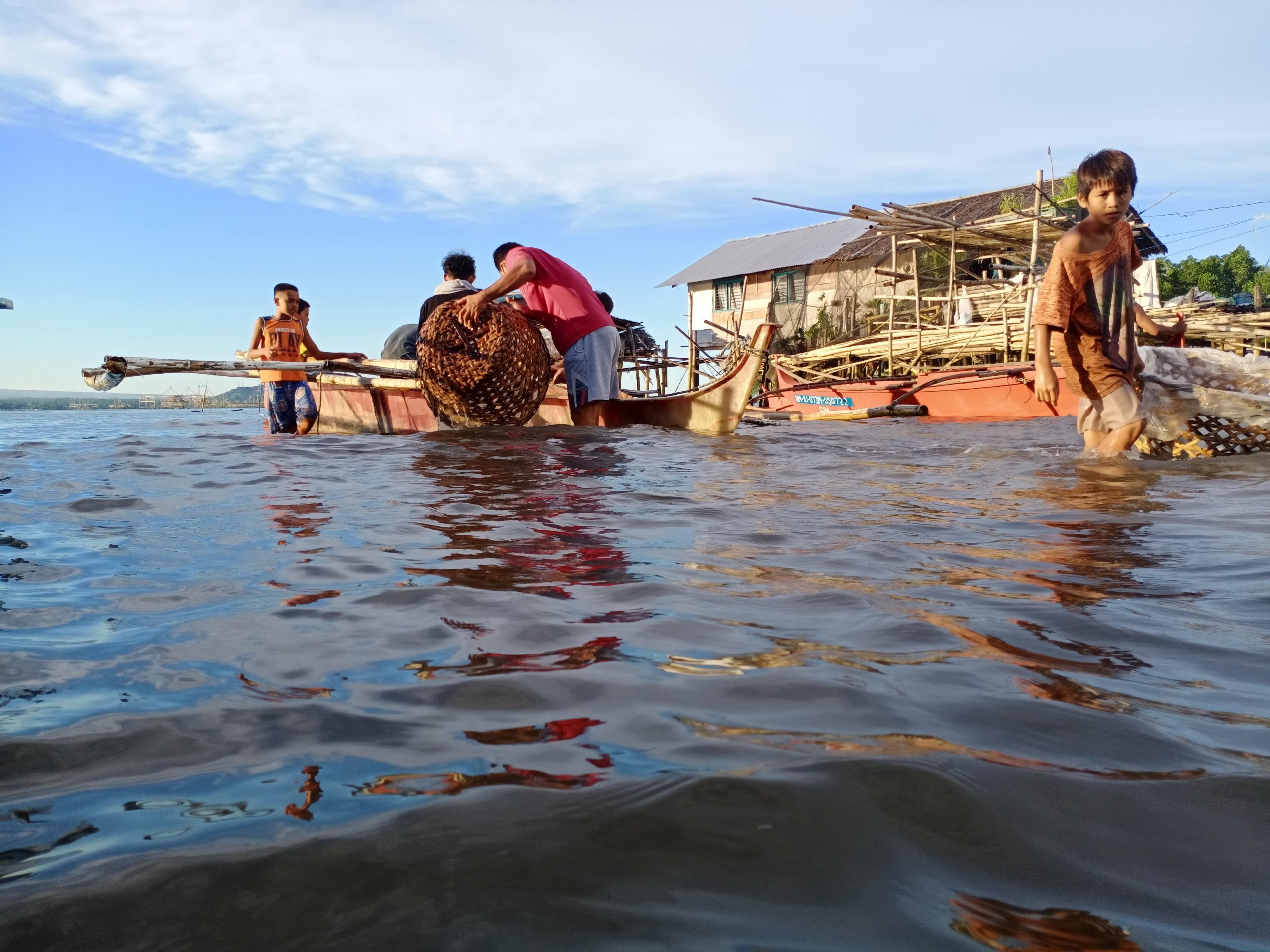
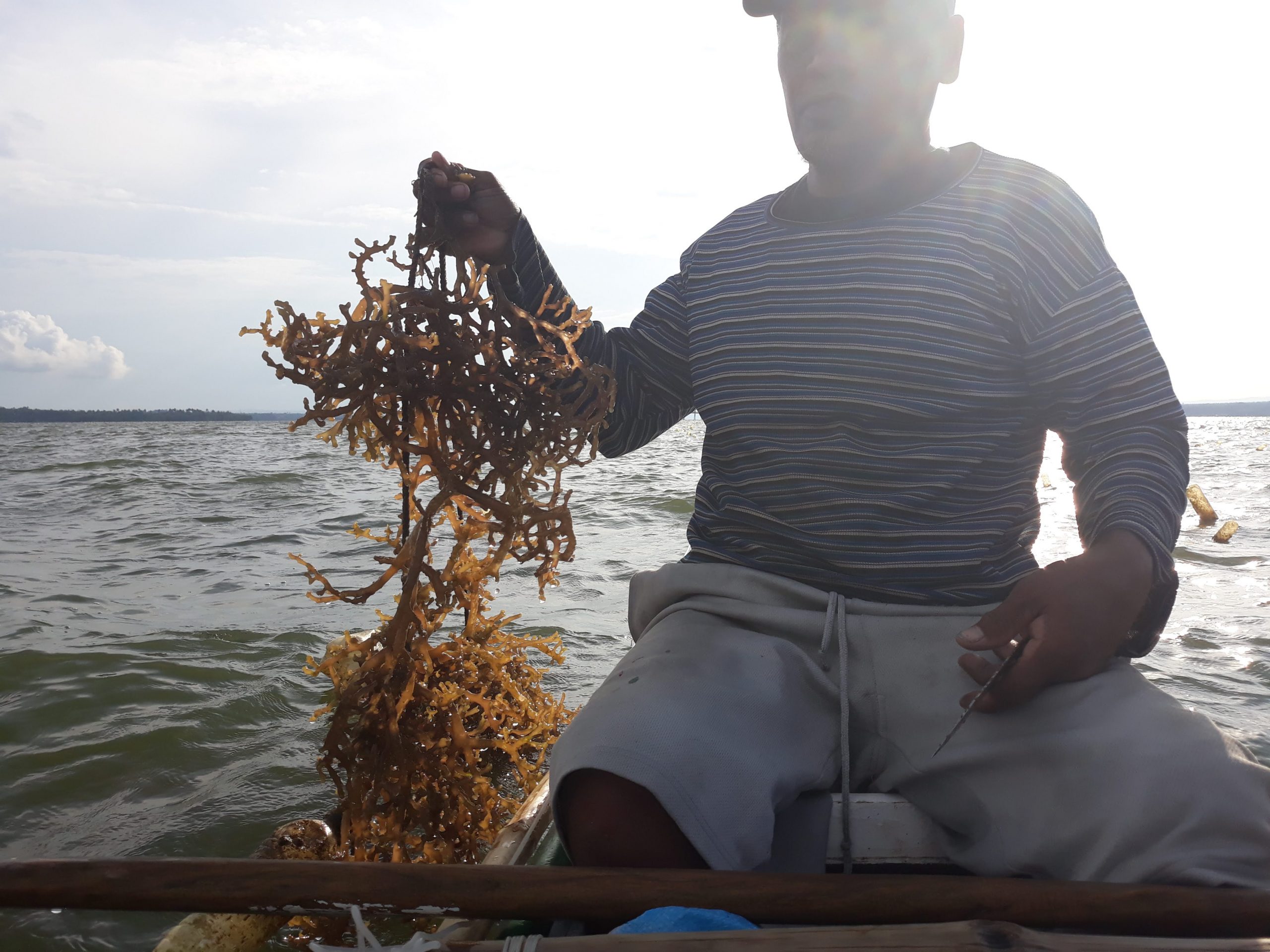
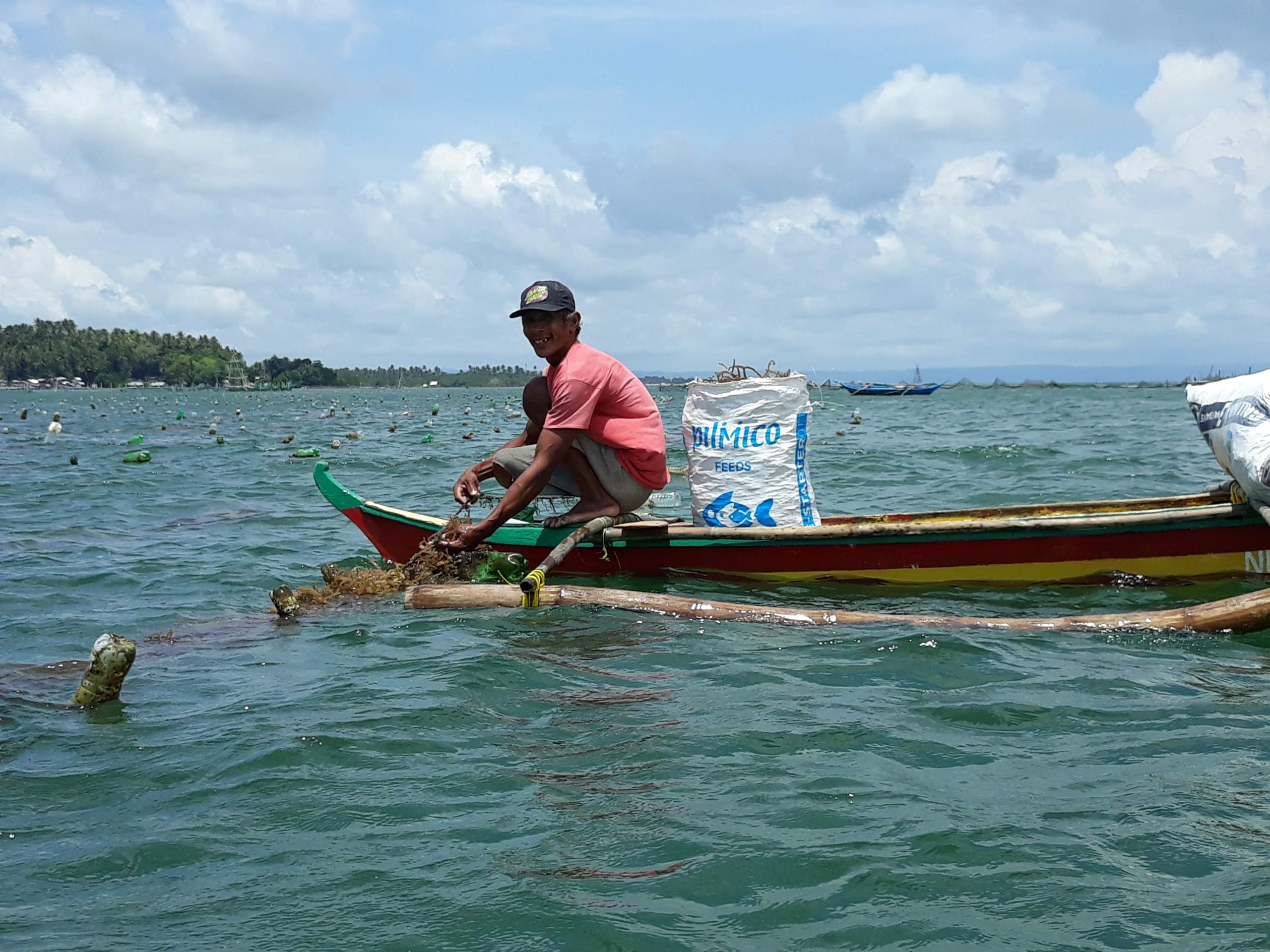
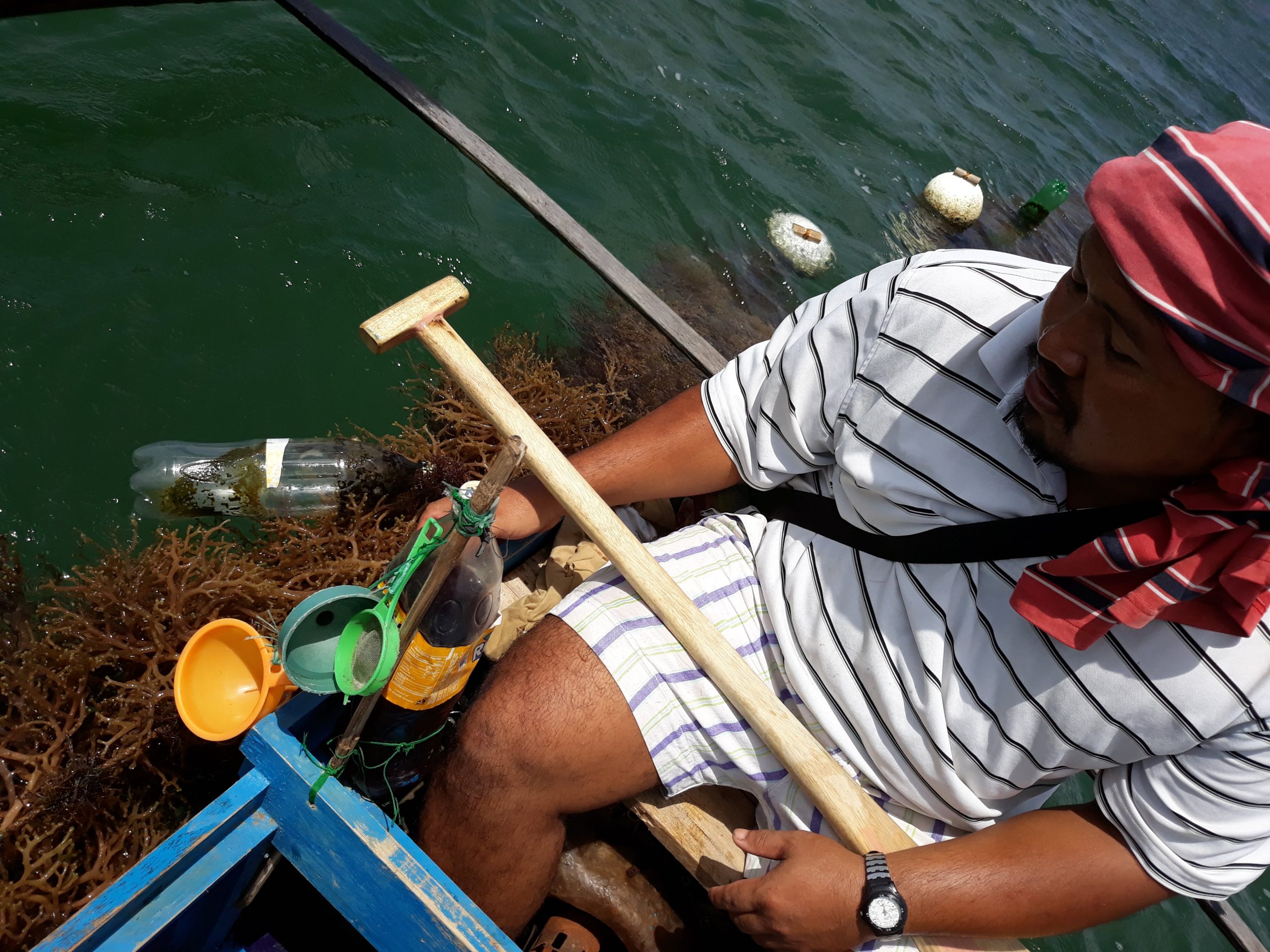
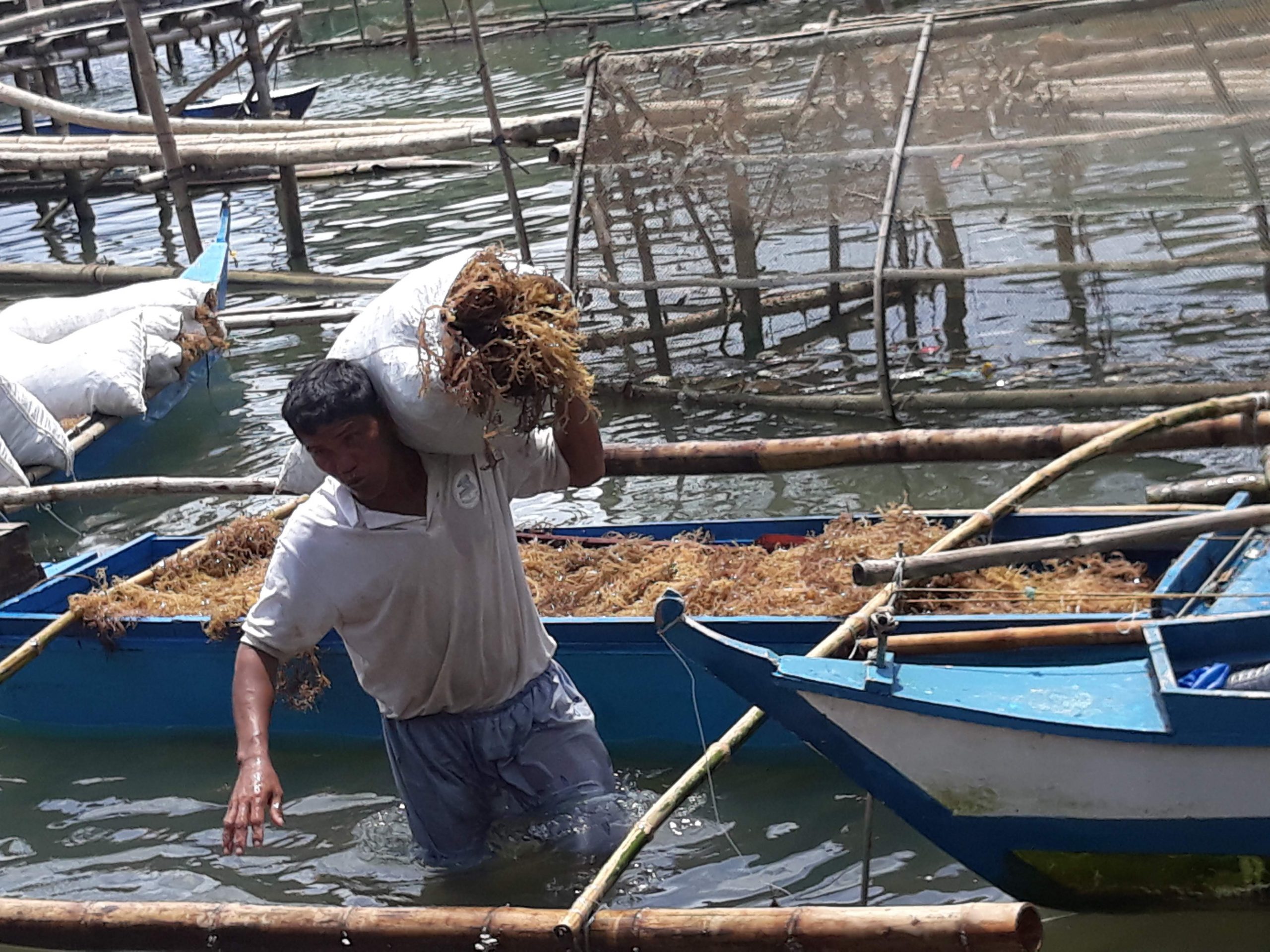
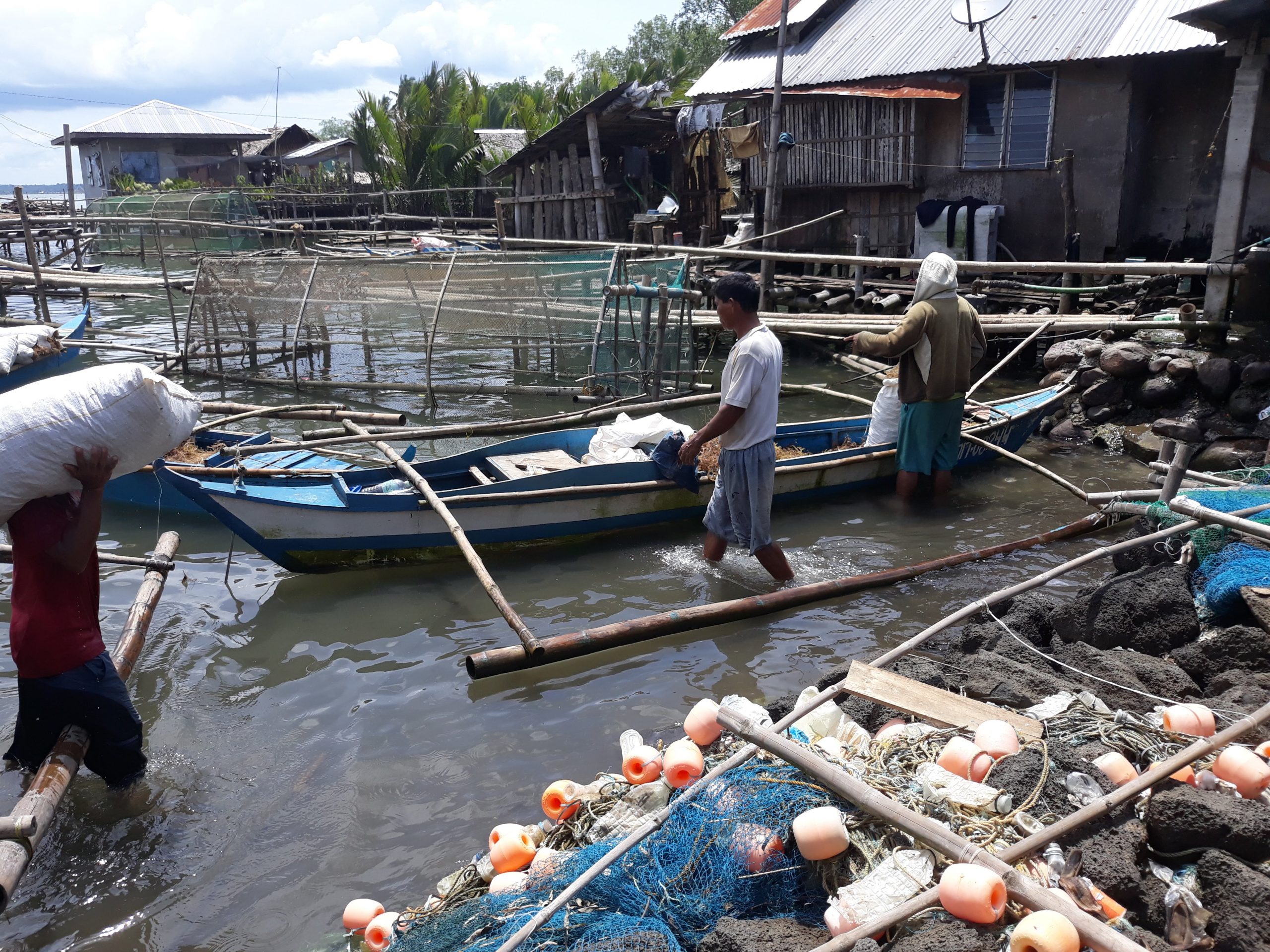
Comments (0)